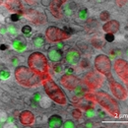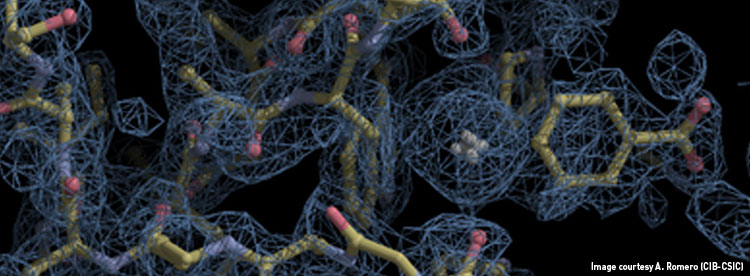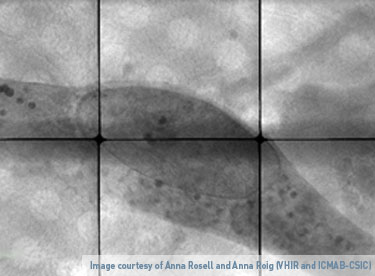
Researchers from the IMDEA Energy Institute in Madrid have used the CIRCE-NAPP beamline of ALBA to study the artificial photosynthesis process, that is, the chemical reaction that plants and other photosynthetic organisms use to transform the Sun's energy into chemical energy. The goal of their research is to selectively control the products of the chemical reaction to obtain those that have industrial and energetic interest. At the CIRCE-NAPP station, scientists have analyzed the different reaction products based on the catalysts used.

The ALBA-UAB PhD student Nithyapriya Manivannan defended yesterday her thesis about the selenium biofortification of wheat. She studied the selenium plant uptake mechanisms and its interaction with pollutants using synchrotron analytical techniques. Thanks to the CLÆSS beamline of ALBA, different methods of biofortification of wheat roots, shoots and grains were studied without affecting the chemical nature of the samples. The results of Nithya's thesis will help society to access an adequate selenium intake to benefit human dietary needs.

Experiments led by a PhD student at the ALBA Synchrotron revealed, for the first time, the location of a novel hybrid nanomaterial designed to inhibit the collagen overproduction after a myocardial fibrosis event and the induced morphological changes in the cells. Obtaining this high-resolution 3D information of cells is crucial for developing pre-clinical studies of novel therapeutic agents.

An international collaboration, led by the Autonomous University of Madrid, has studied the electrical properties of a few layers thick sheets of antimonen, a two-dimensional material composed of antimony atoms. The results indicate an electrical transport that occurs mainly on the surface of the material. This, coupled with its stability and simple structure, make it a promising candidate for nanoelectronic and optoelectronic applications. Part of the experiments were carried out at the CIRCE beamline.

They proved that a system based on molybdenum-on-titania does efficiently catalyze this reaction and represents a promising alternative to current industrial catalysts. This helps eliminating carbon dioxide and producing methanol, which can serve as a "green fuel" or as building blocks for the production of plastics, pharmaceuticals, textiles, etc. The team carried out experiments at the CIRCE-NAPP beamline of the ALBA Synchrotron to characterize the structure of the catalyst.






